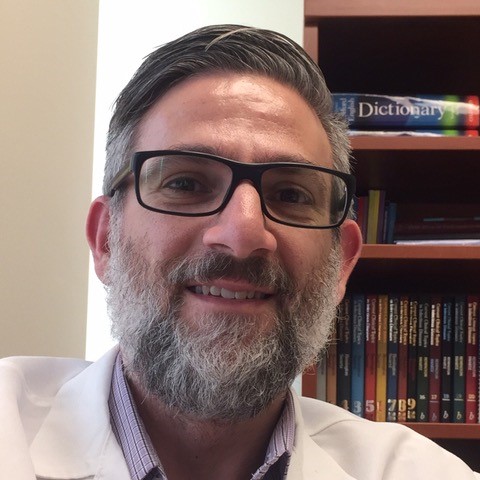June 6, 2020
 The Toll of COVID-19 on Health Care Personnel
The Toll of COVID-19 on Health Care PersonnelReviewed by Manie Beheshti, M.D.
Amid the current pandemic, health care personnel (HCP) are a unique cohort with frequent, ongoing exposure to SARS-CoV-2. In a recent Morbidity and Mortality Weekly Report publication, COVID-19 data reported to CDC between February 12 and April 9 provide some insight regarding the toll on HCP. During that span, 315,531 cases of COVID-19 were reported to CDC, however only 16% (49,370) of reported cases included data on whether an individual was a health care worker. Nineteen percent (9,282) of these cases were identified as HCP.
Demographics, symptoms, underlying conditions, and outcomes were not available for all cases. However, among those with available data, the median age was 42 years, 73% were female, and 38% had at least one underlying medical condition. Ninety-two percent reported either fever, cough, or shortness of breath. Exposures, when known, were identified as having only occurred in the health care setting in the majority (55%) of cases. There were 723 hospitalizations, 184 ICU admissions, and 27 deaths. While the deaths occurred across all age groups, severe outcomes were more prevalent with increasing age.
A recent report from Singapore, published in Annals of Internal Medicine, describes the outcomes of HCP who cared for a patient hospitalized with a respiratory infection requiring a difficult intubation on the second hospital day. After 3 days of mechanical ventilation, the patient was extubated and testing was done for SARS-CoV-2, which was positive. Contract tracing identified 41 HCP who were exposed to an aerosol-generating procedure within 2 meters for at least 10 minutes. Thirty-five of the HCP wore surgical masks while the remaining six wore N95 masks. This included intubation, extubation, and non-invasive ventilation. All 41 were placed on home isolation with symptom monitoring, and all were tested (nasopharyngeal swabs for SARS-CoV-2 via PCR) on the day of isolation and 14 days after their last exposure. None of the HCP developed symptoms, and all tested negative.
Key points noted by the authors of these studies include the need for proper planning with regard to personal protective equipment use, a thoughtful approach to utilizing HCP based on age, and at least one instance where surgical masks were as effective as N95 masks in preventing transmission during a high-risk exposure. Though limited, the data in these studies shed some light in these unprecedented times. Hopefully over time, more such studies will help better educate us on the implications of COVID-19 for HCP, an essential workforce.
(CDC COVID-19 Response Team. MMWR Morb Mortal Wkly Rep. 2020;69(15):477-481.)
(Ng et al. Ann Intern Med. 2020;172(11):766-767.)